Hula Dancing: The Heart of Hawaiian Culture
I’m so lucky that I got an opportunity to watch a luau. I got to see Hula ʻAuana dancing when I traveled to Hawaii this winter! It was very cool to watch the dancers tell their own story through movement.
Luaus and hula dancing go together like the ocean and sand. Together, they make a beautiful form of entertainment. Hula dancing tells us stories through movement and is a big part of Hawaiian culture. No one has been able to discover the real reason why hula dancing started, though. However, we do have some clues.
One reason hula dancing might have started was because the goddess Hiʻiaka created the dance for her sister Pele, the goddess of volcanoes and fire. Another myth is that hula dancing was created by gods chanting the Kumulipo. The gods would perform this with arm and leg movements that reference hula dancing. There are so many myths—we could never know which one is true!
Hula dancing was thought to be immoral by Christians. In 1830, Christian Queen Kaʻahumanu made it illegal to perform publicly. It was a struggle, but after two years the queen passed. Hula dancing came back even stronger in the 19th century. American culture became adapted because Hawaii now became part of U.S. territory. The chants became songs, and the stories of the past became stories of the present and nature.
There are mainly two types of hula dancing: Hula Kahiko and Hula ʻAuana. Hula Kahiko is referred to as older, or more traditional. There are no modern instruments used—they only use chants, drums, or sticks. Although it refers to dancing for ancient gods, it still grows stronger today. This was mostly performed before the monarchy was shut down and tells stories of old gods.
On the other hand, Hula ʻAuana is what most tourists know because of its modern-like moves. These are the dancers who wear the iconic green grass skirts, and they mostly use ukuleles.
Hawaii loves to share its culture with people. Hula dancing is one of their amazing ways for cultural exchange! Although the dancing has changed over time, the many different ways of hula dancing still stand amazingly strong today.
